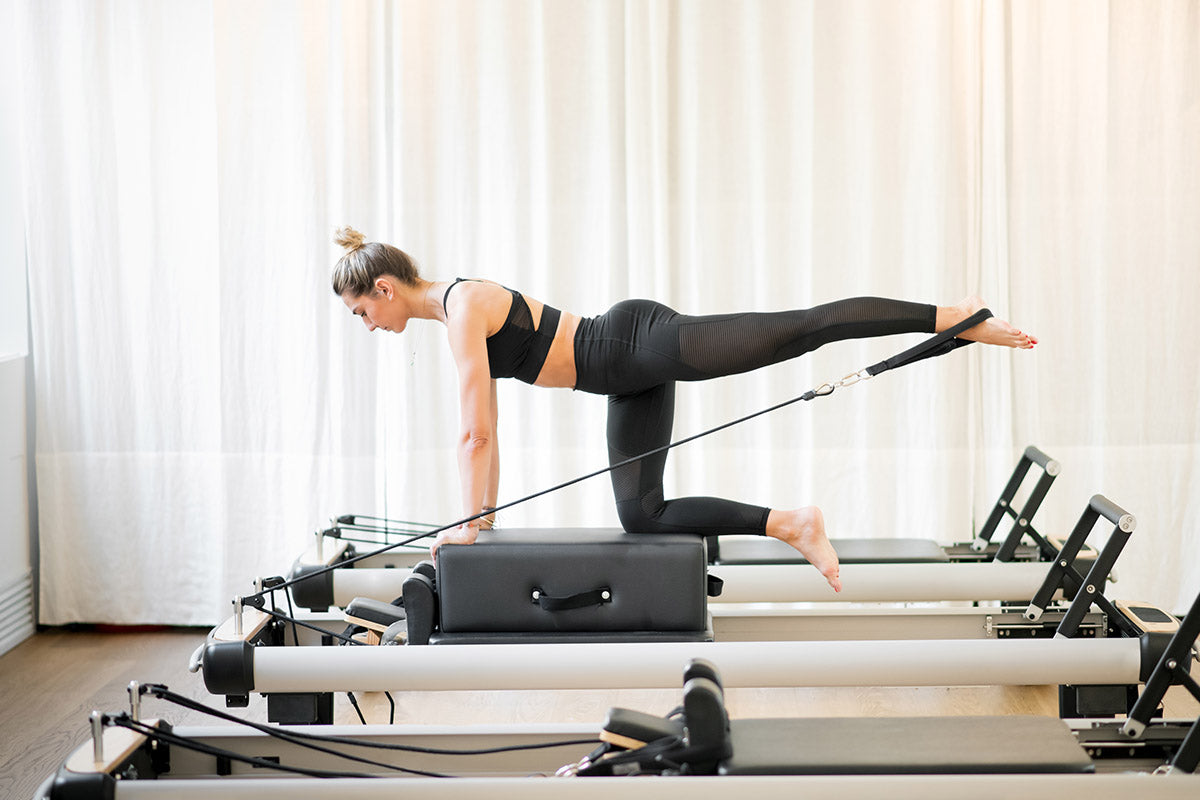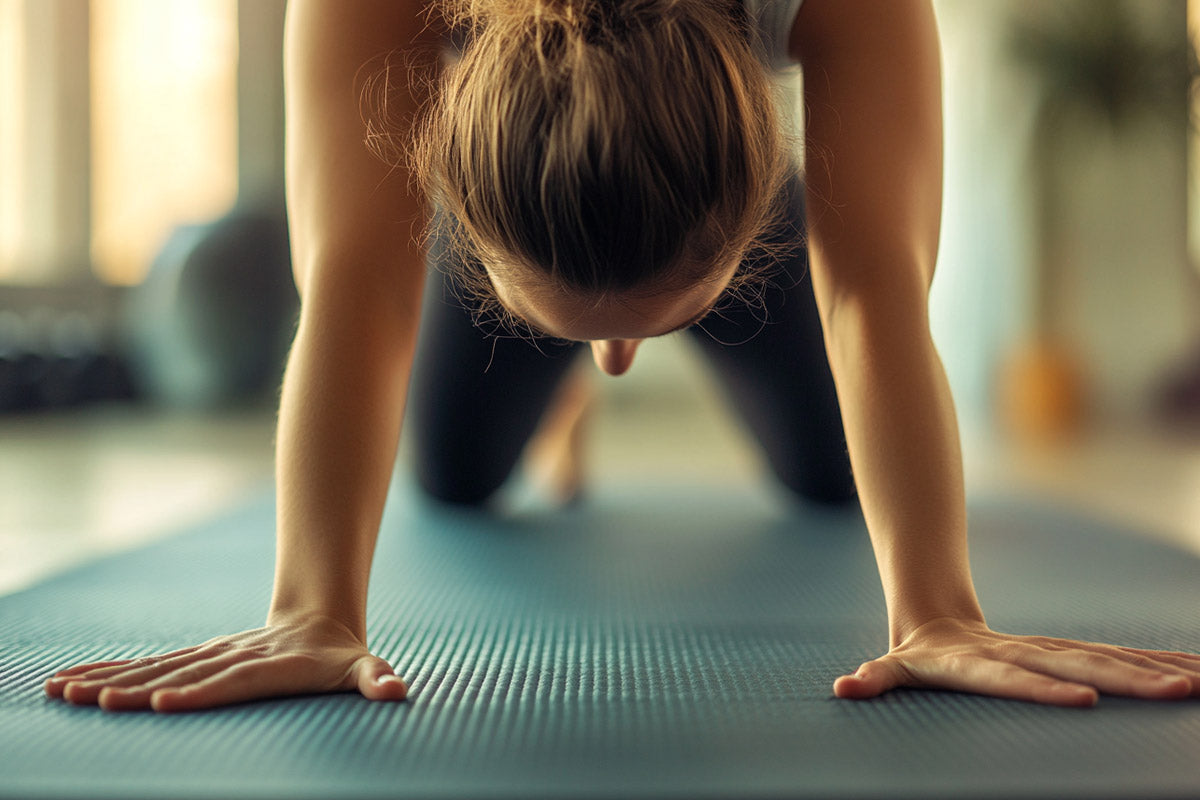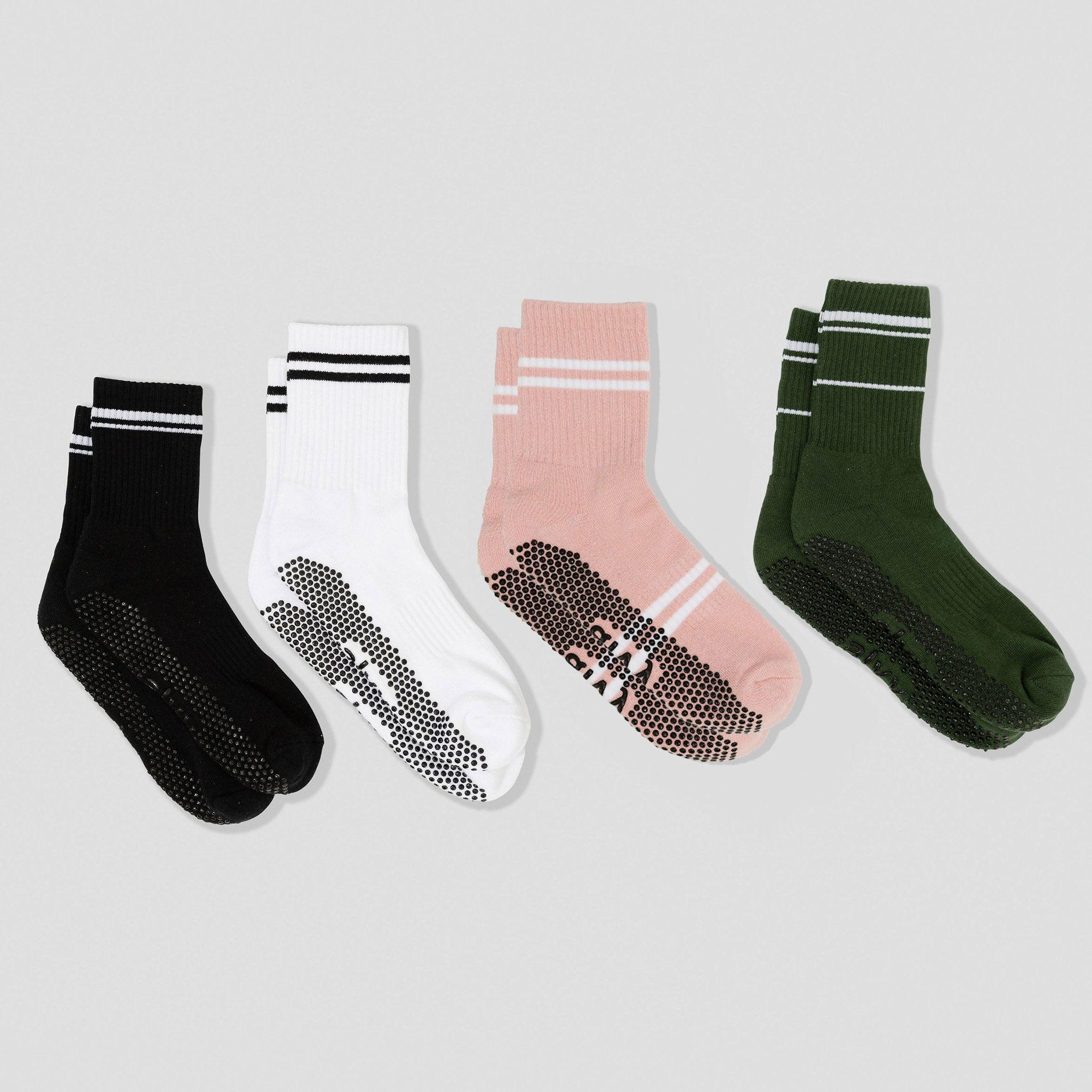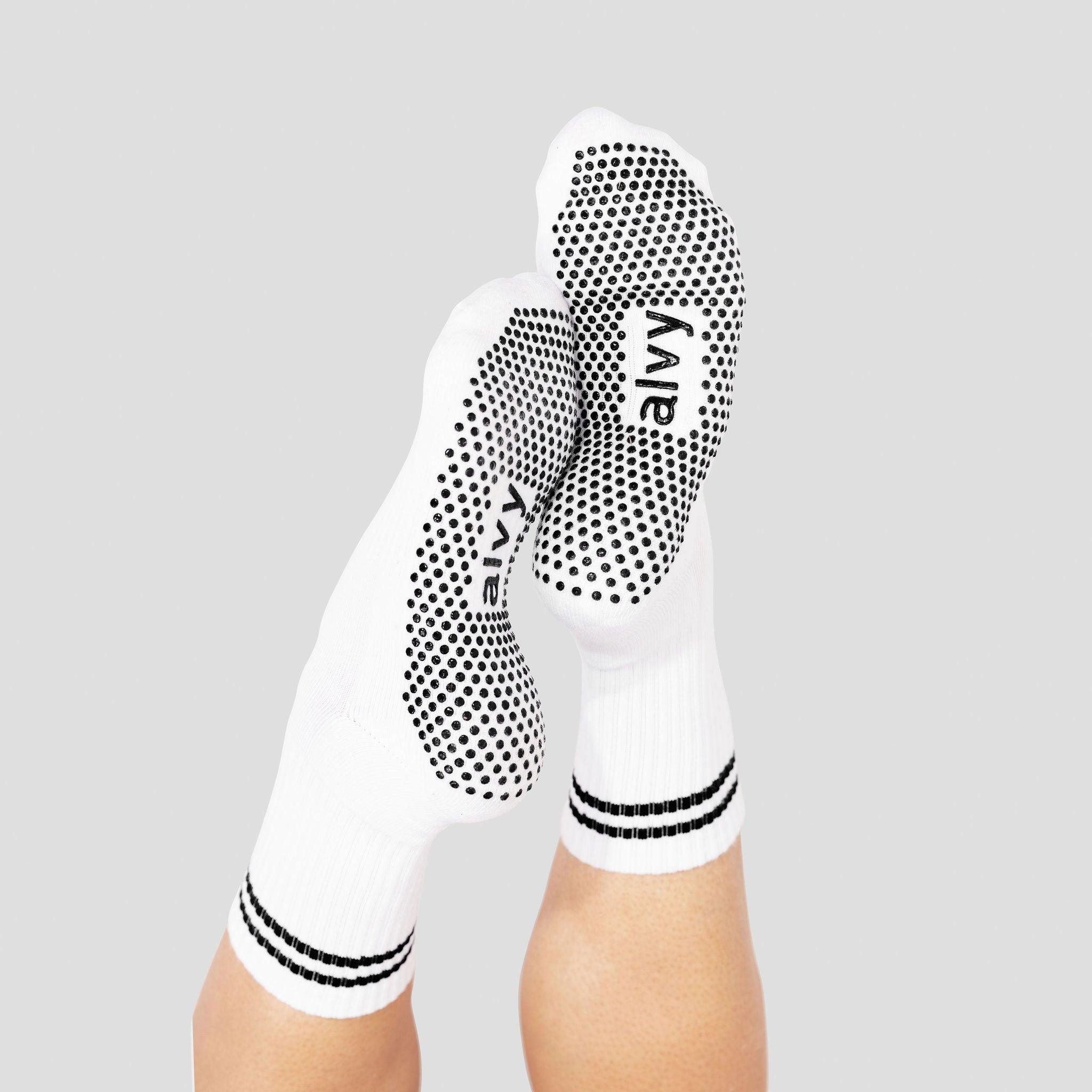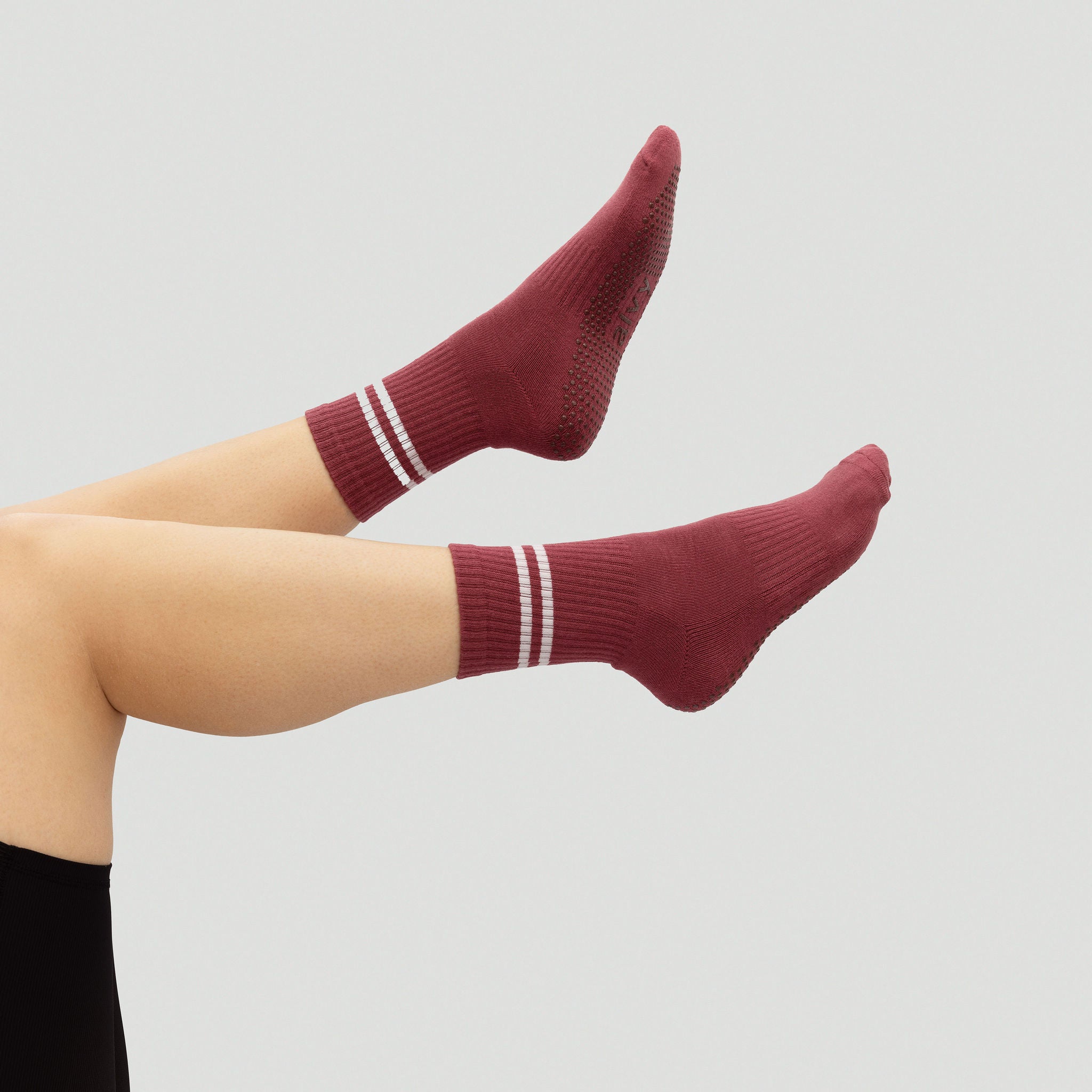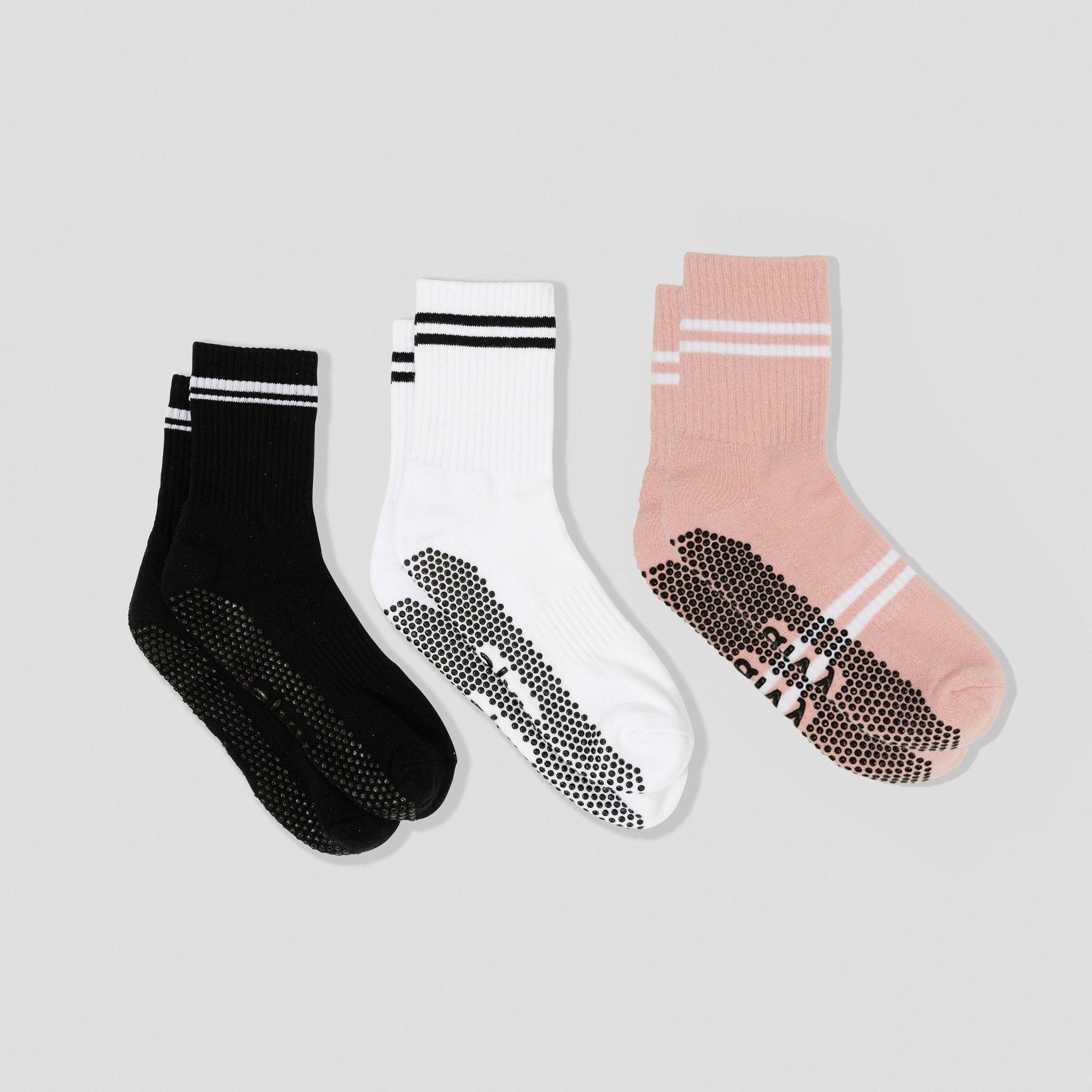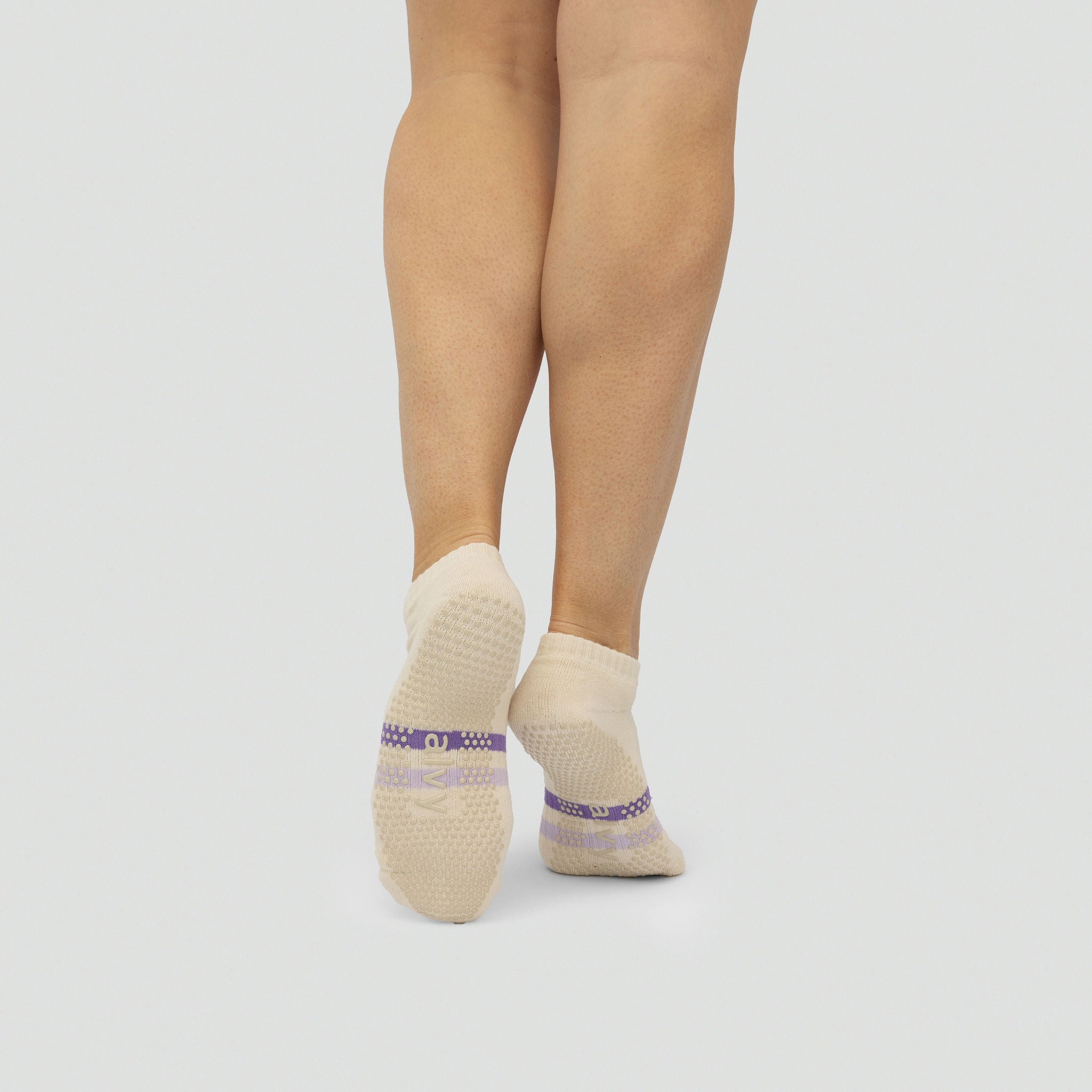Buying your own reformer might seem like a good idea at first, but the eye-watering cost of some of these machines will quickly make you reconsider. Aside from cost, there are other considerations to be made.
Key Takeaways:
- Serious and experienced people will benefit the most from a Pilates reformer in the home. Beginners should consider studio classes prior to making the large investment.
- The cost savings associated with having a home reformer is a big incentive.
- You could be losing out on the social aspect by not doing Pilates in a studio environment.
Should You Buy A Reformer Machine?
If you're serious about enhancing your Pilates practice, have been doing it for years, and can accommodate a reformer, it could be a worthwhile addition to your ideal home Pilates studio.
However, if you are a beginner with money to splash, making such a big investment could result in buyer’s remorse. You may lose interest or motivation. I recommend taking some Pilates classes with an instructor first.
The Cost Of Pilates Reformers
Pilates reformers can be a significant investment, with prices ranging from $300 to over $5,000, depending on the brand, model, and additional features.
Budget models, $300 - $1,000
Budget-friendly reformers are tailored for individuals who are mindful of their spending and typically cost between $300 and $1,000. They often feature lighter frames made from materials like aluminium or wood, making them easy to move and store.
However, these more affordable models may offer a different level of durability, smooth movement, and additional features than higher-end reformers.
For example, AeroPilates models are popular in this price range and balance cost and performance well. Still, they might provide a top-notch experience that is different from pricier options.
Mid-range models, $1,000 - $3,000
The mid-range reformer market typically falls between $1,000 and $3,000. Reformers in this price range are the most popular because they balance quality and affordability.
These reformers often have durable frames, improved cushioning, and smoother carriage movements. Many offer extra features such as adjustable foot bars, multiple resistance levels, and better overall construction.
Brands like Balanced Body and Stamina offer reformers in this price range that are comparable in quality to those used in professional Pilates studios.
High-end models, $3,000 - >$5,000
The best Pilates reformers in the $3,000 to $5,000 or higher price range offer an outstanding workout experience.
Some examples include Peak Pilates and Merrithew, made using premium materials such as maple wood or anodised aluminium. They often come with advanced adjustability, extra accessories, and exceptional durability.
These models are commonly used in high-end Pilates studios and are designed to endure frequent heavy use.
Don’t forget maintenance and additional costs
A reformer might seem like a set-and-forget purchase, but it’s not.
Good-quality reformers may need occasional adjustments, including tightening springs or replacing worn-out components. While their life will likely be longer than that of a studio reformer and wear and tear kept to a minimum, you never know what issues may arise.
The other costs are accessories. If you have your reformer at home, chances are you know what you’re and want. While standard accessories like a magic ring, reformer box, and softball are smaller costs, they still add up.

The Benefits Of Having Your Own Reformer
If you’re considering buying a home reformer, you’ve probably already considered these benefits.
Convenience and flexibility
With a reformer at home, you can do Pilates whenever it's convenient for you, without worrying about class schedules or travelling to a studio.
This flexibility is particularly beneficial for people with hectic schedules or unpredictable routines. Whether it's a morning workout to kickstart the day or an evening session, having a reformer at home enables you to maintain regular Pilates practice.
It’s all about you
If you take Pilates classes in a studio setting, you don’t have any control over the types of exercises you do. While every class will have something different, you cannot change it up.
However, exercising at home lets you focus entirely on your fitness goals, whether building strength, improving flexibility, or recovering from an injury. You can repeat exercises, adjust resistance levels, and take necessary breaks.
You save more in the long-term
As mentioned previously, the upfront cost of a reformer can be high and discouraging. However, owning one long-term and using it regularly can provide significant cost savings.
In Australia, two weekly studio Pilates sessions can cost between $48 and $98, which is quite expensive. Assuming an average cost of $73, you would need to buy and use a $3,000 reformer for 41 weeks to break even on costs. Considering this isn’t even a full year, it shows how pricey Pilates classes can be.
Privacy
Only some people are at ease working out in a group environment, particularly when attempting unfamiliar exercises or testing their boundaries. This is especially true for guys since turning up can be daunting, and you’re the only male.
Trust me, it’s not scary at all. For more insights, read our complete Pilates guide for men.
The presence of a reformer at home enables you to engage in private and comfortable practice, which can improve your concentration and self-assurance.
The Cons Of A Home Reformer
A studio Pilates setting works better, including the cons described below.
The initial cost is big
As mentioned earlier, the costs of a good Pilates reformer can range from a few hundred to several thousand dollars, depending on the specific make and model. This price range can be an obstacle for some individuals, especially if they are still determining their long-term commitment to practising Pilates.
You may not have the space for it
Let’s face it: reformer machines aren’t exactly the smallest or most compact form of exercise equipment.
This means you’ll need a dedicated area in your home to accommodate the equipment. Finding a suitable spot for the reformer can be challenging if you live in a small apartment or have limited space.
While some models are foldable or have wheels for easy storage, they still require ample space.
Maintenance and upkeep
Over time, the springs, ropes, and other parts might require replacement or maintenance. Even though well-made reformers are designed for durability, frequent use can result in deterioration.
Upkeep can represent an extra cost and demands dedication of time and energy to keep the reformer functioning properly. This could discourage individuals who are not especially adept at manual tasks.
Learning curve
Pilates is suitable for individuals of varying fitness levels, but beginners may find it challenging to adapt to using a reformer. It can be difficult to maintain proper form and technique without the assistance of an instructor, which is essential for preventing injuries and maximising the effectiveness of your workouts.
Although online resources such as classes and instructional videos are available, they may not fully replace the advantages of in-person guidance from a professional. The learning curve associated with using a reformer could result in frustration and sometimes lead people to abandon it altogether.
Lack of social interaction
For certain individuals, the social component of participating in Pilates sessions is significant. Let’s not forget the all-important motivation others can give you as well.
Exercising in a group setting can offer motivation, support, and a feeling of belonging. Using a home reformer means preceding this social engagement, which could impact your determination to continue your Pilates routine. A home reformer may not be for you if you draw energy from group classes.
What To Consider Before Buying
Several important factors should be considered before purchasing a Pilates reformer for your home. These factors can help ensure you choose the right reformer for your needs, space, and budget, making your investment worthwhile.
Your budget
As mentioned earlier, reformers can cost a few hundred to several thousand dollars. Determine how much you will spend and what features are most important.
While opting for the least expensive model can be tempting, remember that a higher-quality reformer may offer better durability, smoother performance, and additional features that enhance your workouts.
Have enough space?
Pilates reformers are large pieces of equipment, typically requiring 2.5m in length and 1m in width. Ensure you have a dedicated area where the reformer can be used comfortably without feeling cramped.
If space is limited, look for foldable models or have wheels for easy storage. Some brands offer compact models designed specifically for smaller spaces.
How often do you plan to use it
Consider the frequency with which you intend to use the reformer. If you plan to practice Pilates regularly, it may be worthwhile to invest in a higher-end model.
Conversely, if you are new to Pilates or uncertain about your long-term commitment, starting with a more affordable model might be the preferable choice.
Additional features and accessories
When looking for a Pilates reformer, consider any extra accessories and attachments that you might anticipate needing in the future.
Some reformers come with additional options like jump boards, reformer boxes, or resistance bands, allowing you to vary your workout routine. Others offer adaptable features such as adjustable footbars and headrests, which can improve comfort and body alignment during exercises.

